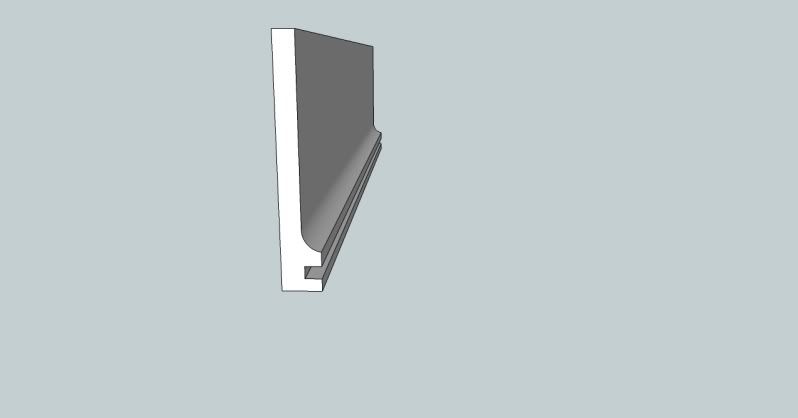Hi all and Happy new year.
I'm about to build the drawers for this project

The runners and kickers are built like this

The table is built from Oak. The drawer front is also from oak and I intent to make the sides from oak aswell.
I'm a bit worried that after repeated use the bottoms of the sides of the drawers may wear gooves into the frame directly beneath (shown by arrows on the first image).
Should this be a concern or not? If it is a concern what can I do about it?
Best regards, Andrew
I'm about to build the drawers for this project

The runners and kickers are built like this

The table is built from Oak. The drawer front is also from oak and I intent to make the sides from oak aswell.
I'm a bit worried that after repeated use the bottoms of the sides of the drawers may wear gooves into the frame directly beneath (shown by arrows on the first image).
Should this be a concern or not? If it is a concern what can I do about it?
Best regards, Andrew






























